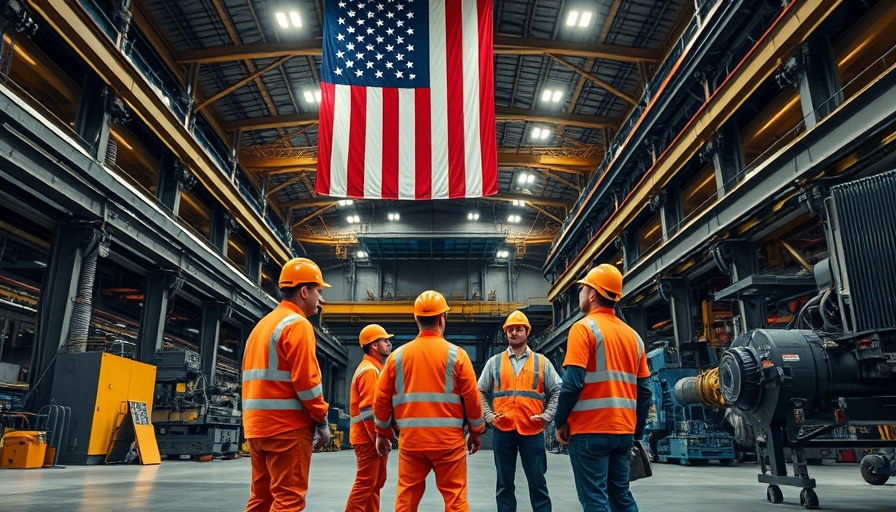
A Stagnant Industry: The Current Dilemma of American Manufacturing
The American manufacturing sector, a crucial pillar of the economy, is undergoing unprecedented challenges. With nearly three years of stagnation, businesses are grappling with increasing hesitancy to hire amidst looming economic uncertainties. Despite bipartisan efforts to stimulate the industry, including President Biden's subsidies for electric vehicle and semiconductor production and President Trump's tariff protections, tangible improvements remain elusive.
Understanding Job Losses: The Ground Reality
Data from the U.S. Labor Department underscores the grim reality, revealing a loss of 7,000 manufacturing jobs in June alone. This marks the second consecutive month of job cuts, leading many experts to predict further declines. Eric Hagopian, CEO of Pilot Precision Products, describes the situation as a "real slog" for manufacturing. A combination of rising inflation and interest rates has only exacerbated the plight of factory workers and employers alike.
Policies in Flux: The Impact of Changing Governments
The volatility in manufacturing can also be attributed to fluctuating government policies. Biden's tax incentives initially spurred a factory investment boom, but the shift in administration, coupled with the end of these subsidies, has left factories grappling with uncertainty. Mark Zandi from Moody's Analytics notes that a continuation of flat manufacturing production is likely, hinting at an impending recession for the sector.
Collaboration is Key: Rethinking Manufacturing Strategies
To navigate this crisis, industry leaders must rethink strategies. Focusing on collaboration across sectors and embracing sustainability can lead to innovative solutions. Prioritizing workforce diversity and adapting to global market trends will be critical for revitalizing manufacturing in the U.S. As companies reconsider their hiring practices, exploring partnerships within the tech industry may open pathways for growth.
Looking Forward: Strategies for Resilience
While the current landscape appears challenging, it also presents an opportunity for companies to evolve. Developing sustainable business practices and leveraging digital transformation can position manufacturers to thrive in the long run. As we approach the possibility of further economic shifts, staying informed on employment trends and market dynamics will be essential for maintaining competitiveness.
The challenges faced by American manufacturing underscore the need for innovative thinking and strategic planning in an uncertain economic environment. As industry stakeholders work together to navigate this tumultuous period, resilience will be key to ensuring a productive recovery.
 Add Row
Add Row  Add
Add 



Write A Comment